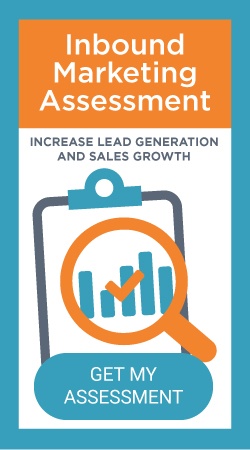 Research shows that 94% of B2B customers perform extensive research online before coming to a purchase decision. This indicates a categorical change in buying habits, the sales process, and how business is done. Manufacturing companies, in particular, have more complicated considerations, as they often market to a variety of target markets.
Research shows that 94% of B2B customers perform extensive research online before coming to a purchase decision. This indicates a categorical change in buying habits, the sales process, and how business is done. Manufacturing companies, in particular, have more complicated considerations, as they often market to a variety of target markets.
This includes OEMs that have multiple influencers and decision makers made up of scientists, engineers, purchasing agents, and plant managers who are looking for complex and often expensive products and services to meet their needs. The end game is very straightforward: if you don’t provide these decision makers with enough valuable information, you won’t make the sale.
To satisfy information-seeking prospects, marketing for manufacturing companies has become more complex and competitive over the past few years. Cold calling without a structured marketing strategy simply doesn’t work anymore; the competition has evolved, and so should you.
People have also changed the way they communicate with businesses. They no longer expect to be interrupted with phone calls or invasive emails. If they want a product or service, they will research it themselves and contact a company when they need more information or are ready to purchase. Change can be scary, but the solution is simple: adopt an inbound marketing strategy for your industrial manufacturing company.
Implementing an entirely different industrial marketing strategy at your manufacturing company may seem like a formidable task. To help you through the process, we’ve created this all-inclusive guide on inbound marketing for manufacturers. Read along or jump to the specific section you are most interested in:











 This sales process operates best with the use of a customer relationship management (CRM) platform. The right CRM empowers sales people to properly manage the sales process with a plethora of contact intelligence and a means to track the entire sales progress—beginning with the marketing initiatives. Manufacturer sales reps and company sales teams live for quality leads, so it’s important that industrial B2B marketing efforts feed the CRM.
This sales process operates best with the use of a customer relationship management (CRM) platform. The right CRM empowers sales people to properly manage the sales process with a plethora of contact intelligence and a means to track the entire sales progress—beginning with the marketing initiatives. Manufacturer sales reps and company sales teams live for quality leads, so it’s important that industrial B2B marketing efforts feed the CRM.

